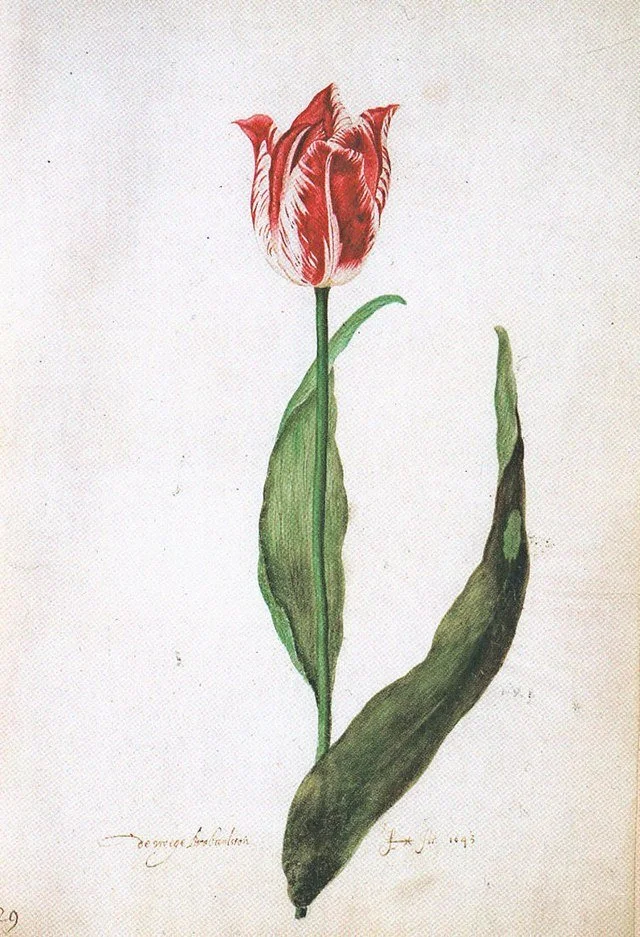In 1806, Lewis and Clark completed a two year journey to the mouth of the Columbia River and back, becoming the first people to cross the continent. Okay, that's not true, a Scottish guy named Alexander Mackenzie was the first to do it in 1793, but screw that guy. Anyways, this isn't about any of them. This is about the people that came after. The people who wanted to make some damn money.
In 1810, the Pacific Fur Company was formed by John Jacob Astor, millionaire New York real estate tycoon and fur trader, with the goal of creating a worldwide trade network. Lewis and Clark had come back with tales of giant beaver, and Astor dreamed of exploiting the shit out of them to increase his fortune. His scheme involved setting up a fur trading operation in the Pacific Northwest, selling the furs to China for exorbitant prices, and then using the money to buy exotic Chinese goods to sell in Europe and the United States. It was an idea way ahead of its time. To make his dream a reality, Astor hired the best of Scottish fur trappers, French voyageurs, and American hillbillies. He then sent them westward to set up the fur trapping portion of his scheme. This strange international conglomeration of an expedition was made up of two parts; an overland group led by some idiot named Wilson Hunt and a naval group led by a half crazed war hero named John Thorn. If they succeeded, overcoming their national and cultural differences, they would create the greatest commercial venture up until that time in history. Of course they fucked it up.
The naval group was given the task of sailing around South America and then north to the mouth of the Columbia River. From the outset it became apparent that Thorn and the Scottish traders he had with him hated each other. When Thorn landed at the Falkland Islands to take on water, he tried to leave the Scots behind, but was stopped when the remaining trader onboard put a gun to his head. This did little to improve Thorn’s already shitty temperament for the rest of the voyage. When a man tried to desert in Hawaii, because of the nice weather and plethora of topless women, Thorn nearly beat him to death. When they finally reached the mouth of the Columbia River after seven months of sailing, Thorn sent several men to their deaths trying to find a way across a sandbar. It was probably only coincidental that they were all people who had spoken out against him. It goes without saying that the Scottish traders were glad to get off the ship, even if it meant that they had to start the hard work of building Fort Astoria.
The overland group didn’t have much better luck. Wilson Hunt was a nervous man who couldn’t make a decision if his life depended on it, which as it turned out, it did. The overland group’s departure was severely delayed by Hunt’s dilly-dallying. It originally followed the Lewis and Clark route up the Missouri River, but diverted when they heard some of the local native tribes were killing any white people they found, probably because Lewis and Clark had killed some of them. Abandoning their boats, the expedition headed west on horses, eventually discovering the Grand Teton mountains, which the French voyageurs enthusiastically named the Big Tits. It goes without saying that it gets pretty damn lonely out there. After crossing the Rockies they abandoned their horses and tried to take canoes down the Snake River. However, they gave this up after several people drowned and they lost most of their supplies. They then proceeded on foot, breaking apart as food ran short and the winter snows piled up, eventually arriving at Fort Astoria close to a year behind schedule.
Things at Fort Astoria were not going well. Captain Thorn had left to trade for furs farther north along the coast. However, after beating the crap out of a native chief, the local tribes attacked and massacred Thorn and his crew, the last member of which blew up the ship to keep it from being captured. The Scottish fur traders spent most of their time hunkered in crude shelters, cursing the never-ending rain and waiting for the natives to get the bright idea that murder was easier than bartering. To stave off this threat, one of the traders got the bright idea of telling the natives that a small glass bottle of water contained small pox. Strangely enough, throwing around threats of mass death did little to improve their relationship with locals.
Things got a little better when a new supply ship finally arrived, at least until Wilson Hunt got the bright idea of taking it north to trade with Russian trappers in Alaska. Negotiations with the Russians involved Hunt getting extremely drunk and then ordering the ship to take him to Hawaii for no good reason. He then just up and disappeared for about a year. In 1812, war broke out between the United States and England, and in 1813 a British warship arrived at Fort Astoria. Remembering that they were British citizens, the Scottish fur traders sold the whole kitten kaboodle to a Canadian fur trading company for a severely discounted price. This ended Astor’s dream, which is kind of lucky considering it had already killed 61 men and driven a further two insane.
Image: https://commons.wikimedia.org/wiki/File:Alfred_Jacob_Miller_-_Trapping_Beaver_-_Walters_371940111.jpg



